The 10,000 pounds Mk I bomb known as “Little Boy” dropped out of the bomb bay as the Enola Gay lurched.
On December 17, 1944, the 509th Composite Group was secretly established with the primary objective of deploying the first nuclear bomb.
Due to the secrecy of their mission, the team practiced at Wendover, Utah, and Tinian Island, in the Pacific, honing the performance of the crew and their B-29 Superfortress bombers.
“What I tried to do, initially, was to train individuals – then weld the individuals into a good, cohesive team to fly this B-29 better than anybody else was flying… that particular day,” said Lt. Col. Paul W. Tibbets, 509th Composite Group commander, and orchestrator of the operational aspect of the original nuclear enterprise, the Manhattan Project, in an interview in 1966. “We were after perfection. I wouldn’t settle for anything less than a quarter of a mile of accuracy, and I wouldn’t stand for anything less than 20 seconds off on time. This became a challenge… and you’d be surprised at the pride these boys took in being able to qualify.”
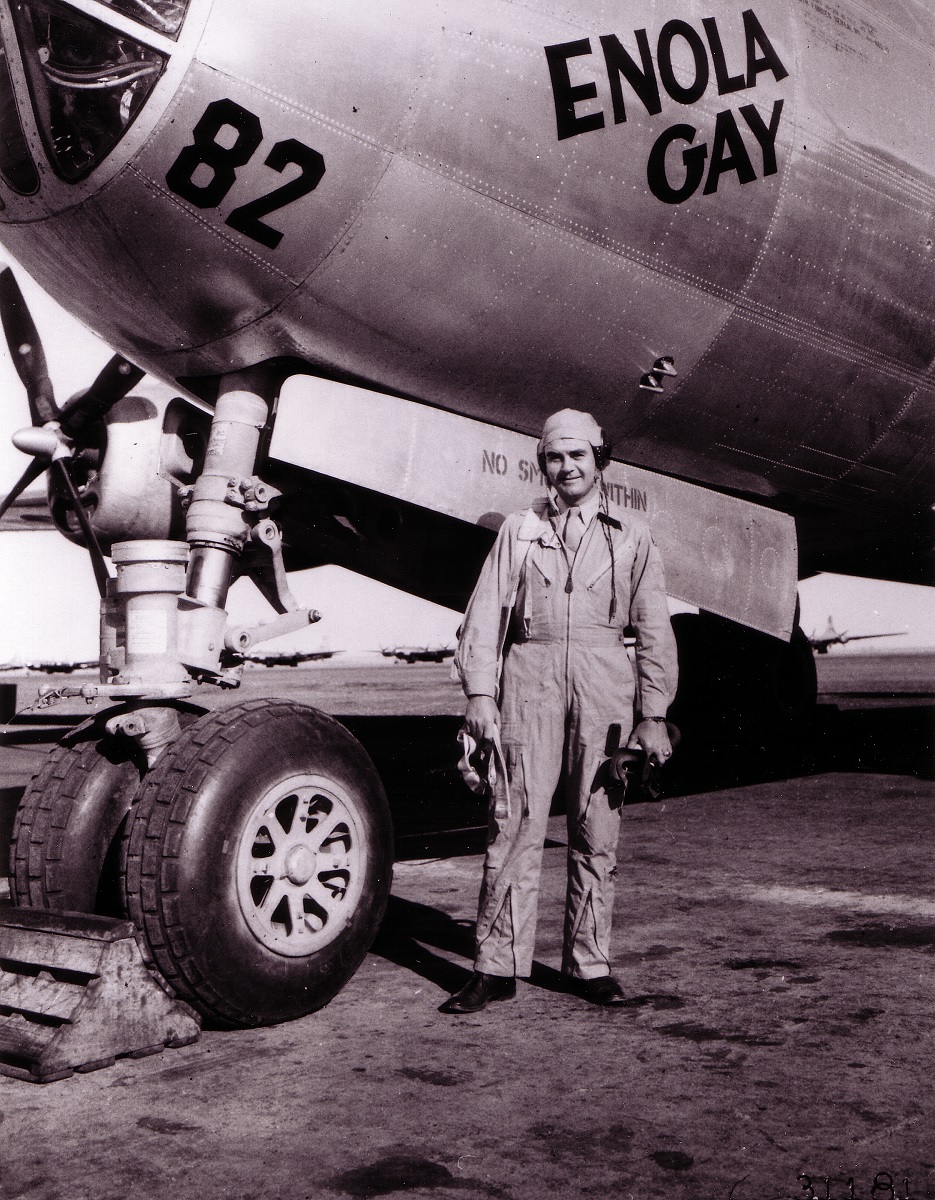
In the article 509th Bomb Wing continues Assurance, Deterrence… 65 years later, Airman 1st Class Torey Griffith of the 509th Bomb Wing Public Affairs explains how the first 509ers rose to fulfill these high standards without hesitation. The nuclear mission was only known to Colonel Tibbets and a small group of people above him.
“I kept telling [the crews] that the work they were doing, even though it might seem non-productive to them at the moment… because their contemporaries … were overseas fighting a war and they were still training,… their contribution would be something that had a good strong chance of ending the war,” said Colonel Tibbets. “Now, this was enough to raise their curiosity. It didn’t violate any security, and it gave them something to go on.”
“… with this type of training program, I think I produced the best B-29 crews in the 20th Air Force,” Colonel Tibbets said.
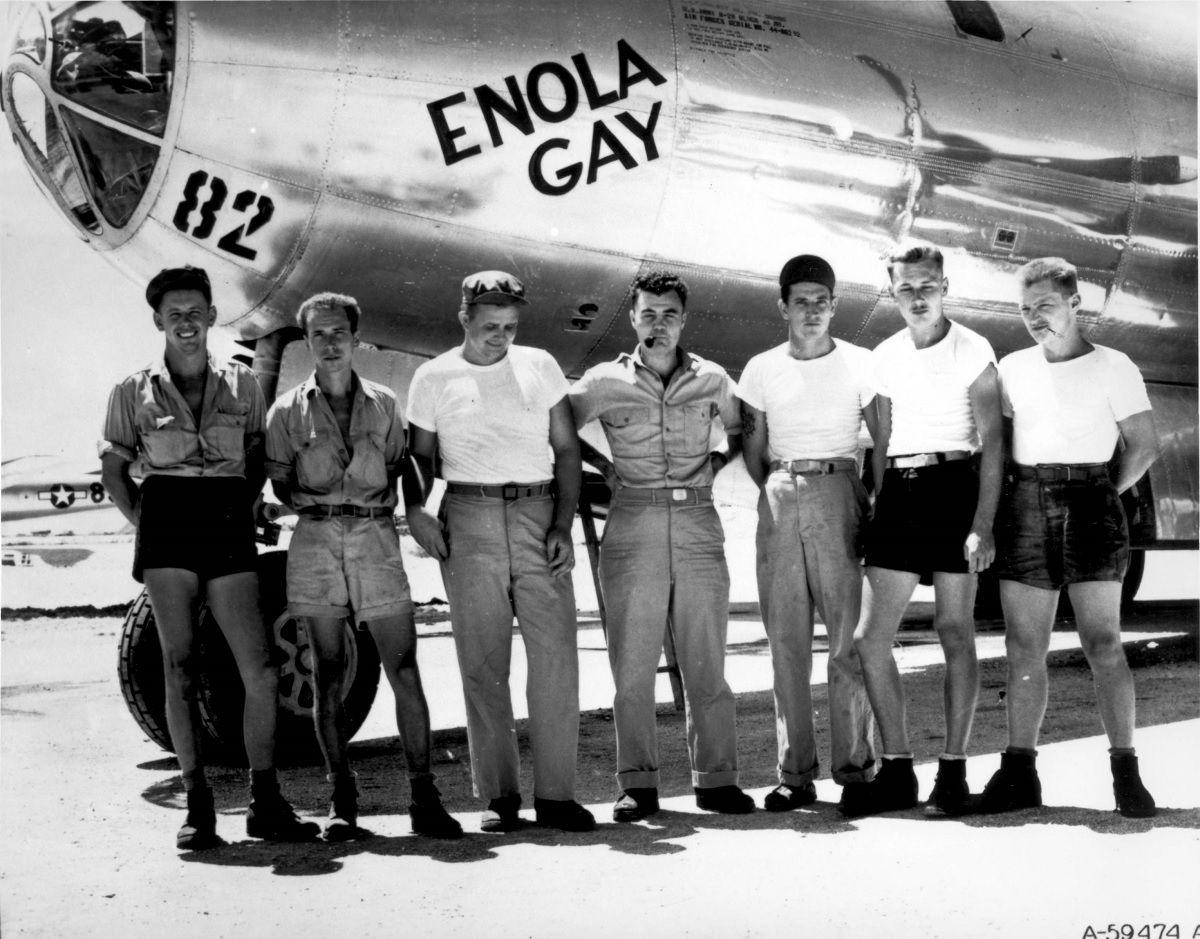
With the best crews in the U.S. and a squadron of 15 specially prepared “Silverplate” B-29s, Colonel Tibbets received orders from the White House to attack Hiroshima while the Army Air Forces (USAAF) were waiting.
“We got going down the runway [on Aug. 6, 1945] at 2:15 a.m.,” Colonel Tibbets said. “After we got the airplanes in formation, I crawled into the tunnel and went back to tell the men. I said, ‘You know what we’re doing today? This is an atom bomb we’re dropping.’ These guys were no idiots. We’d been fiddling ’round with the most peculiar-shaped things we’d ever seen.”
At 9:15 a.m., Colonel Tibbets and navigator Maj. Theodore van Kirk maneuvered the Enola Gay over the predetermined target. Maj. Tom Ferebee, a bombardier, spotted his target and awaited the ideal time.
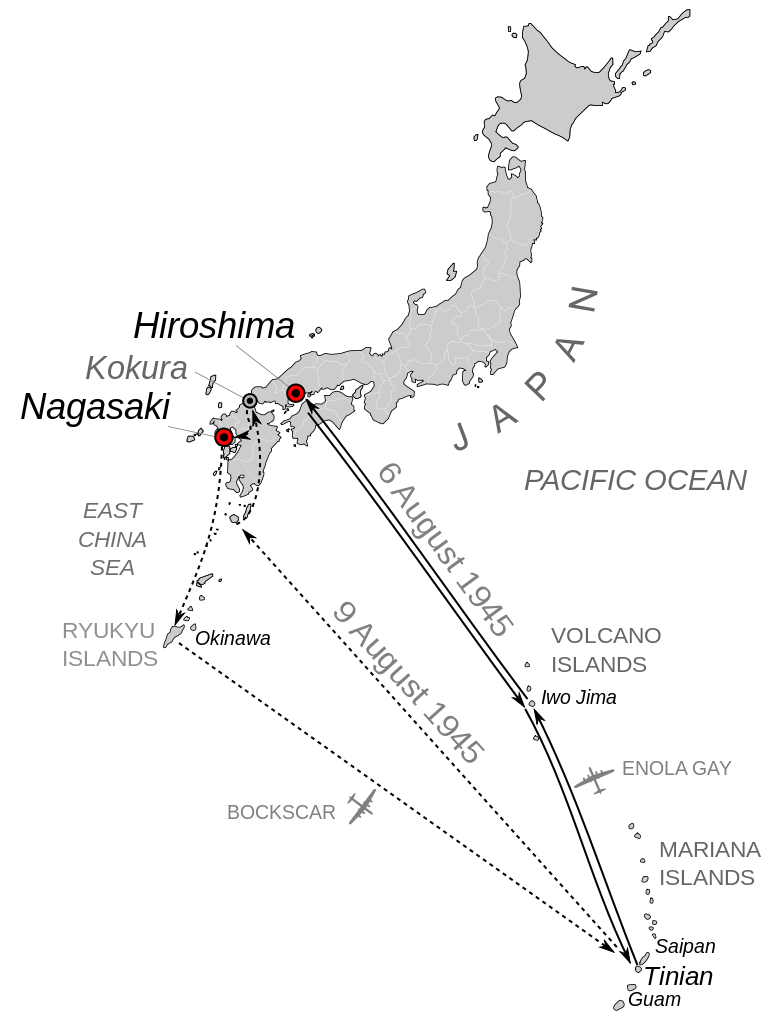
Colonel Tibbets reported that the Enola Gay shook as the 10,000 lb. Mk. I bomb, often known as “Little Boy,” detonated outside the bomb bay. With barely 40 seconds to get as far away from the bomb as possible, he immediately banked the B-29.
Hiroshima’s 4.7 square miles were completely destroyed in less than a minute.
The Enola Gay was swiftly overtaken by the shock wave, which appeared as a ring of mist quickly extending from the detonation location, as it was being observed by tail gunner Staff Sgt. Bob Caron. The Enola Gay was shaken by the initial shock wave with a force of 2.5 Gs, according to accelerometers on board. A few seconds later, a second, smaller wave arrived.
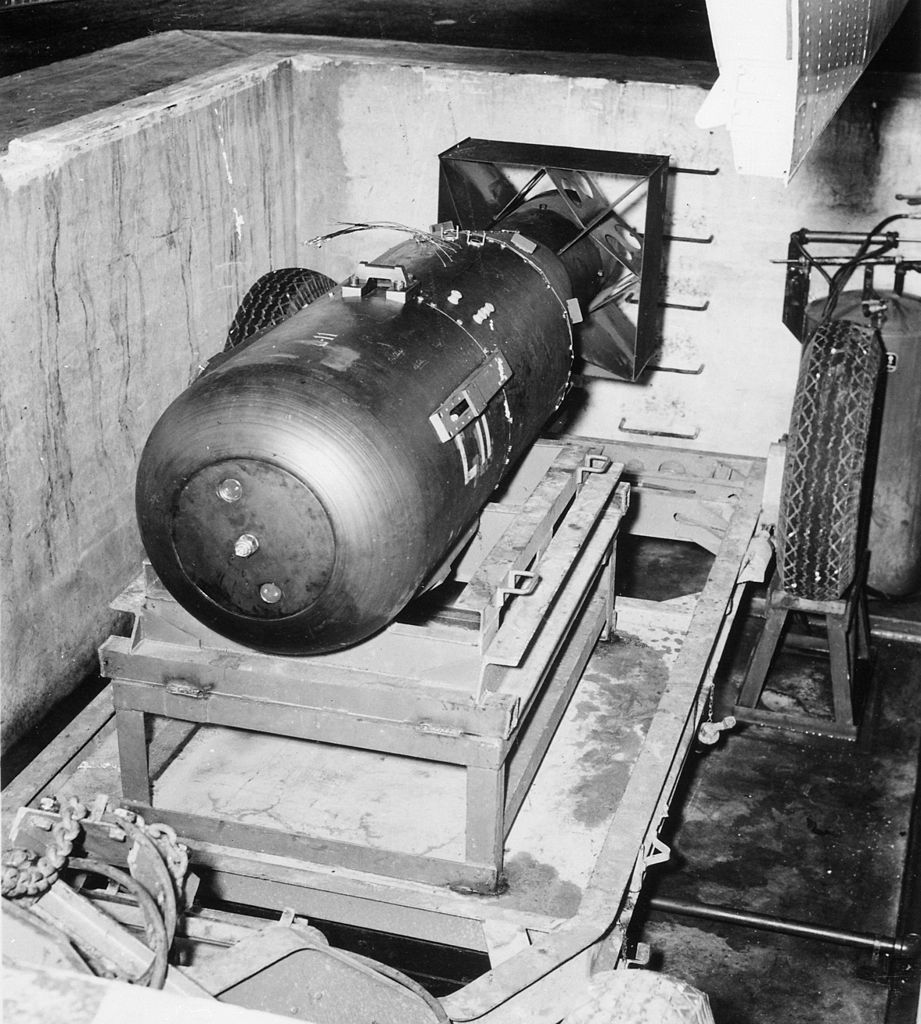
Colonel Tibbets wheeled the aircraft back toward the construction site to review their work. Colonel Tibbets claimed he was still in awe of the devastation after being one of the select few to watch a film of the Trinity explosion, the first nuclear test conducted in the desert of New Mexico.
Griffith claims that it was challenging for President Harry S. Truman to decide to use atomic weapons. Germany, one of the first targets of a concurrent strike, had already declared defeat that spring.

However, the Pacific War was still going on. The threat of an invasion had little impact on the leadership in Japan.
President Truman had to decide whether to add to the millions of casualties already suffered throughout the conflict or try to put an end to it by employing the most potent weapon ever created.
“Sixteen hours ago an American airplane dropped one bomb on Hiroshima,” said the president in a public announcement. “It [was] an atomic bomb. We are now prepared to obliterate more rapidly and completely every productive enterprise the Japanese have above ground in any city. If they do not now accept our terms they may expect a rain of ruin from the air the like of which has never been seen on this earth.”
The “Bock’s Car,” driven by Maj. Charles Sweeney of the 509th Composite Group, attacked Nagasaki on August 9 because Japan remained silent for three days following the attack on Hiroshima.
Truman outlined his reasons in his radio speech to the country on August 9, 1945, “We have used (the nuclear bomb) in order to shorten the agony of war, in order to save the lives of thousands and thousands of young Americans,” he said.
Japan’s Emperor Hirohito stated in a radio broadcast on August 15, 1945, that “the enemy has begun to employ a new and most cruel bomb, the power of which to do damage is true, incalculable, taking the toll of many innocent lives.”
On September 2, Japan formally submitted to the United States aboard the battleship USS Missouri in Tokyo Bay, ending the brutal six-year conflict.
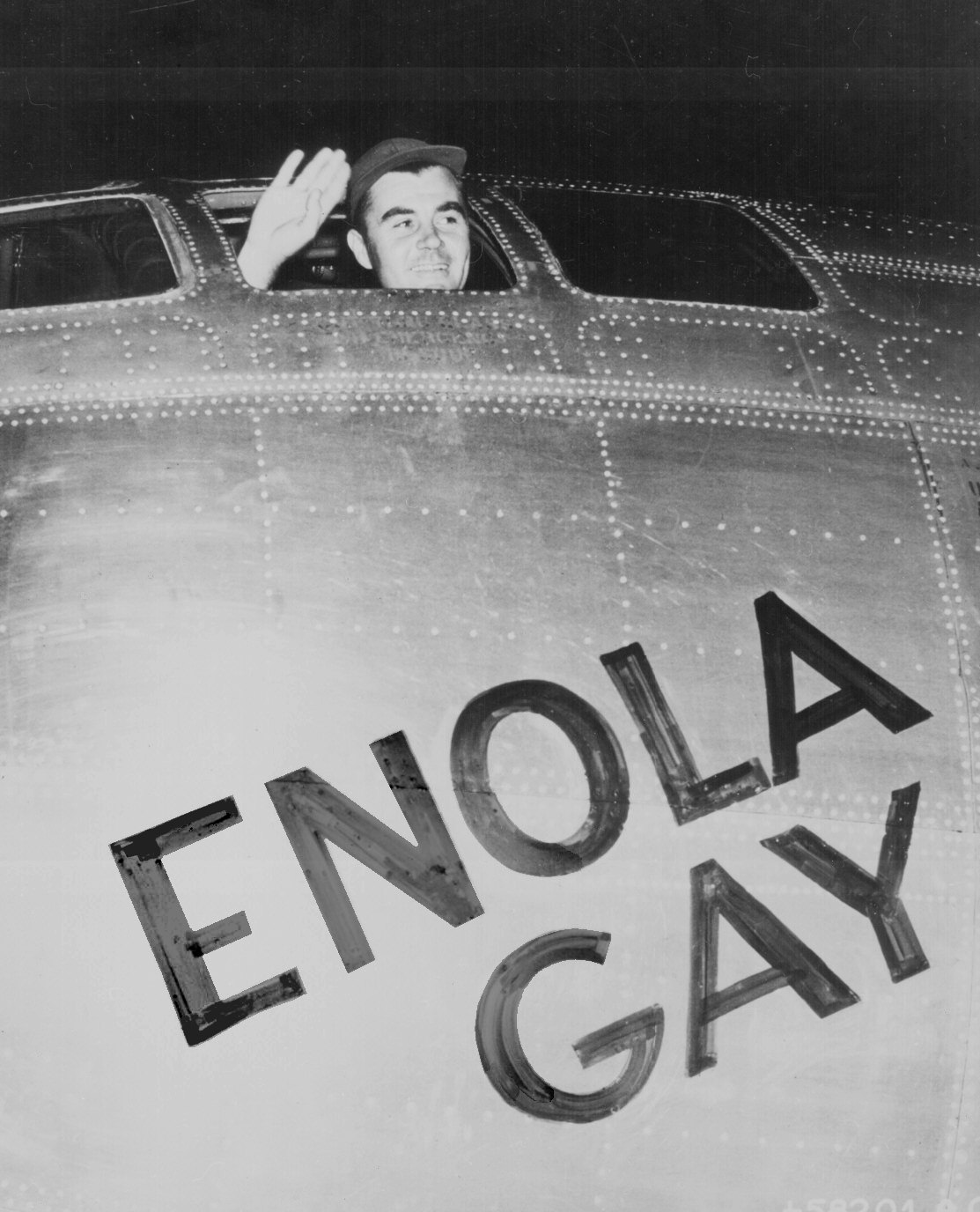
Photo by U.S. Air Force, Enola Gay Tail Gunner S/Sgt. George R. (Bob) Caron, Mr.98 via Wikipedia and 509th photographer Pfc. Armen Shamlian / U.S. Air Force


